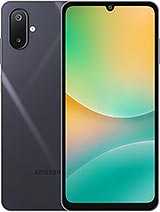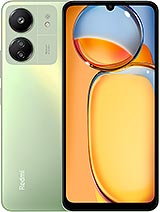Redmi 13C 4G alternatives
Tap above to see alternatives.
Vivo Y18i alternatives
Tap above to see alternatives.
2x2.0 GHz Cortex-A75
6x1.8 GHz Cortex-A55
2x1.8 GHz Cortex-A75
6x1.8 GHz Cortex-A55
6GB 128GB (eMMC 5.1)
8GB 128GB (eMMC 5.1)
4GB 256GB (eMMC 5.1)
8GB 256GB (eMMC 5.1)
f/1.8, 28mm (wide), PDAF
2 MP
f/2.4, (macro)
0.08 MP
(auxiliary lens)
f/2.2, (wide), PDAF
0.08 MP
f/3.0 (auxiliary lens)
f/2.0
f/2.2, (wide)
SIM1: Nano, SIM2: Nano
SIM1: Nano, SIM2: Nano
In this comparison, the Vivo Y18i with the Unisoc Unisoc T612 (12nm) performs better than the Redmi 13C 4G with the Mediatek Helio G85 (12nm), thanks to its more efficient chipset.
The Redmi 13C 4G offers 2 years of OS updates, while the Vivo Y18i provides 1 years. When it comes to security updates, Redmi 13C 4G leads with 4 years of support.
Both phones use LCD panels. They have the same 90 Hz refresh rate. Vivo Y18i also has a brighter display with 528 nits, improving outdoor visibility. These phones have the same resolution.
Both phones have the same 5000 mAh battery capacity. Redmi 13C 4G supports faster wired charging at 18W.
Vivo Y18i has an IP54 rating, while Redmi 13C 4G lacks official water and dust resistance.












